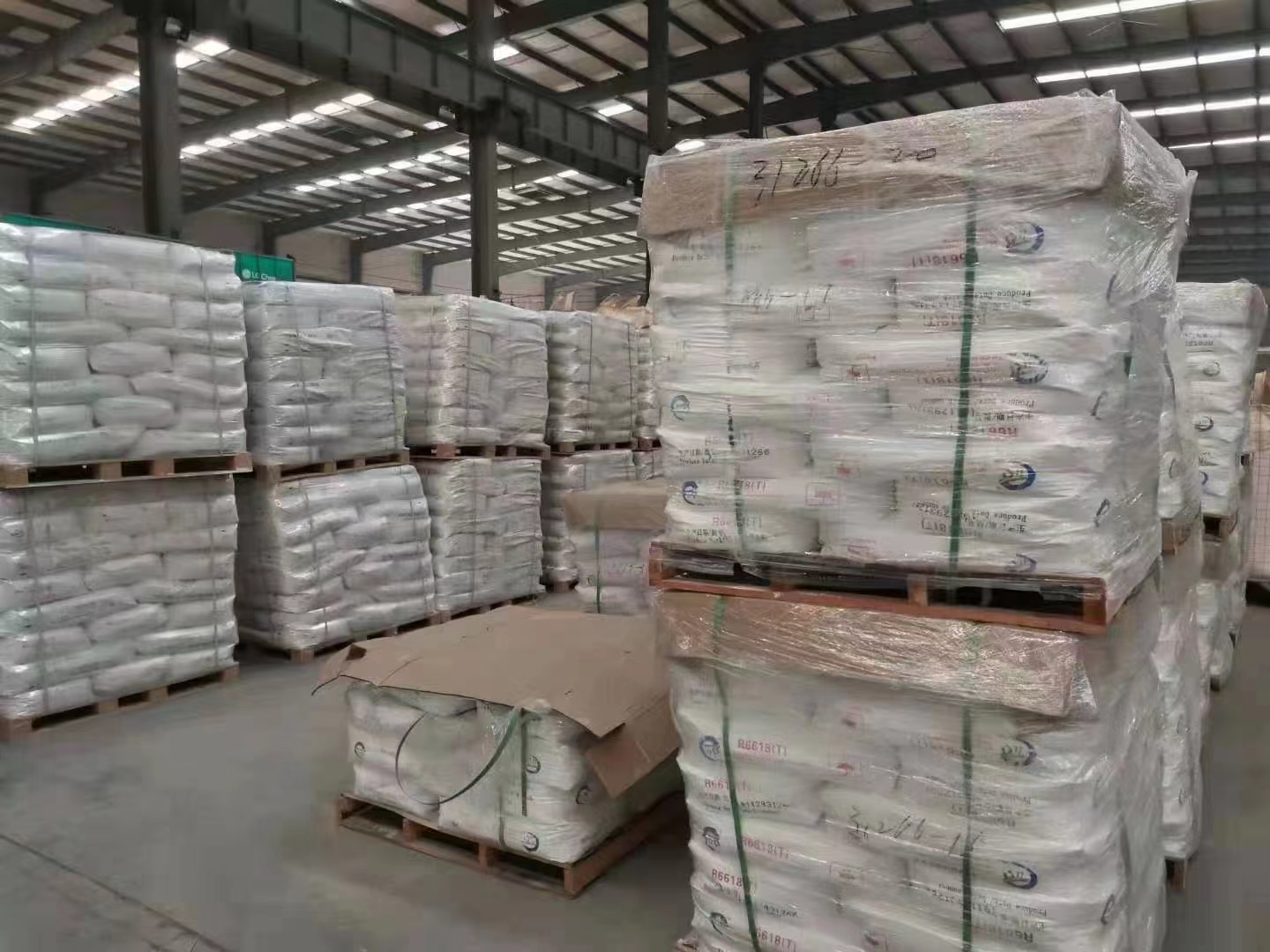
Nov . 24, 2024 08:58 Back to list
Titanium Dioxide Characteristics and Applications in Various Industries and Products
The Versatility and Application of Titanium Dioxide (CAS 13463-67-7)
Titanium dioxide (TiO2), identified by its CAS number 13463-67-7, is a naturally occurring oxide of titanium. It plays a crucial role in various industries, given its unique properties, such as high refractive index, excellent UV resistance, and strong chemical stability. As such, titanium dioxide is not just a pigment; it is a multifaceted compound with applications spanning from paint and cosmetics to food and pharmaceuticals.
Chemical Properties and Production
Titanium dioxide can be produced through several methods, the most common being the sulfate process and the chloride process. The sulfate process involves treating titanium ore with sulfuric acid, while the chloride process entails reacting titanium tetrachloride with oxygen. The resulting TiO2 is often found in two crystalline forms rutile and anatase. Rutile is more stable and is preferred in high-performance applications, whereas anatase is generally used in photocatalytic applications due to its higher activity.
Industrial Applications
1. Pigment One of the most widespread uses of titanium dioxide is as a white pigment in paints, coatings, and plastics. Its high refractive index allows it to scatter light effectively, providing excellent coverage and brightness. In the paint industry, titanium dioxide contributes to the durability and opacity of paints, making it essential for both interior and exterior applications.
2. Cosmetics In cosmetics, titanium dioxide serves multiple functions. It acts as a pigment in foundations, sunscreens, and powders, providing opacity and enhancing the texture. Its UV-blocking properties make it a key ingredient in sunscreens, helping to protect the skin from harmful ultraviolet radiation. Additionally, its inert nature makes it suitable for sensitive skin products.
3. Food Industry Titanium dioxide is also used as a food additive (E171) to enhance the whiteness of food products, including confectionery, dairy products, and bakery items. However, its use in food has come under scrutiny due to potential health concerns, leading to regulatory reviews in various countries.
13463-67-7 titanium dioxide

4. Photocatalysis The photocatalytic properties of titanium dioxide are utilized in environmental applications, such as air and water purification. TiO2 can degrade organic pollutants and pathogens when exposed to UV light, making it valuable for self-cleaning surfaces and in water treatment systems.
Health and Safety Considerations
While titanium dioxide is considered safe for many applications, there are health considerations associated with its use, particularly in inhalable forms. The International Agency for Research on Cancer (IARC) has classified titanium dioxide as possibly carcinogenic when inhaled in high concentrations over extended periods. This classification has raised concerns in industries like manufacturing and construction, where dust exposure may occur. Companies handling titanium dioxide must adhere to safety guidelines to minimize dust generation and ensure worker safety.
Environmental Impact
Titanium dioxide also presents environmental challenges. The mining of titanium ores can lead to habitat destruction and soil degradation, raising concerns about sustainability. However, ongoing research and innovation in recycling and sustainable sourcing aim to mitigate these environmental impacts.
Conclusion
In summary, titanium dioxide (CAS 13463-67-7) is an indispensable compound with a wide range of applications across various industries, from paints and cosmetics to food and environmental technologies. Its unique properties make it a preferred ingredient, but it is essential to balance its benefits with potential health and environmental risks. As demand for sustainable and safer alternatives increases, the industry continues to evolve, focusing on responsible sourcing and innovative applications that align with environmental stewardship. Understanding and managing the implications of titanium dioxide will be crucial as we move towards a more sustainable future.
-
Premium 6618 Titanium Dioxide for GPT-4 Turbo Applications
NewsJul.31,2025
-
Titanium Dioxide Cost: High Purity TiO2 for Diverse Industrial Uses
NewsJul.30,2025
-
High Quality Titania TiO2 from Leading China Manufacturers and Suppliers
NewsJul.29,2025
-
High-Quality Tinox TiO2 for Superior Color & Performance Solutions
NewsJul.29,2025
-
High Quality Titania TiO2 from Leading China Supplier & Manufacturer
NewsJul.29,2025
-
High-Performance r6618 TiO2 for Superior Whitening and Versatility
NewsJul.28,2025
